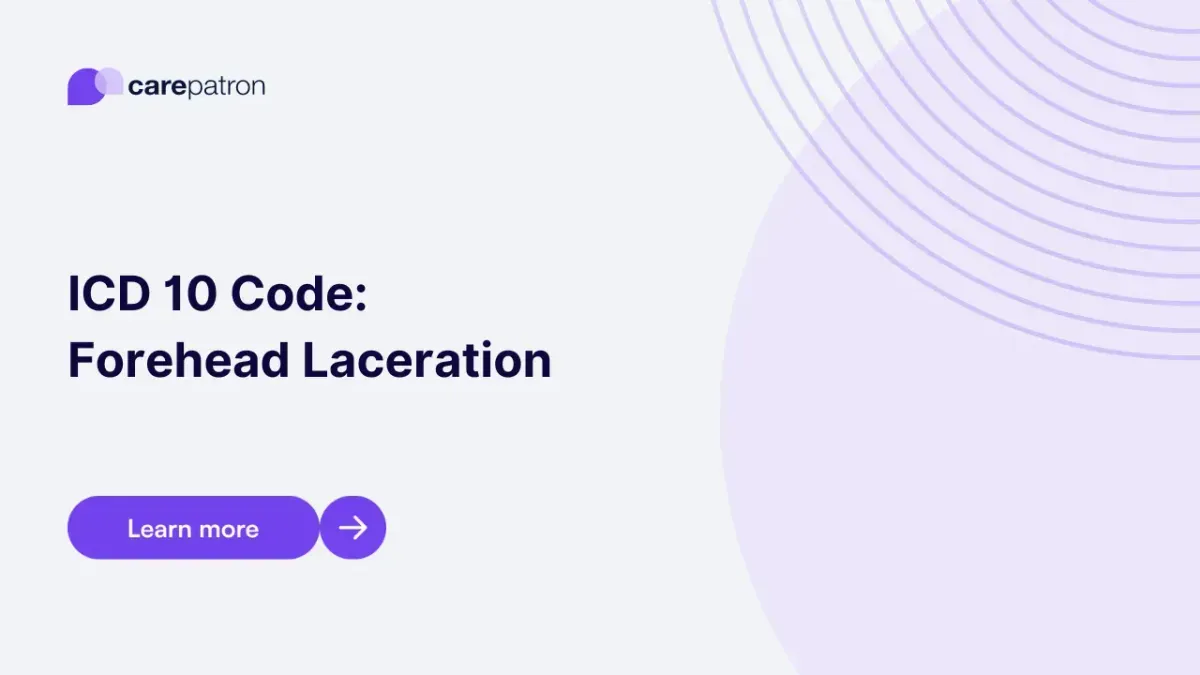What are Forehead Laceration ICD-10-CM Codes?
There are no ICD-10 codes that specifically refer to forehead laceration or laceration of the forehead if you are searching for ICD codes for this condition. However, that doesn't imply that there aren't any codes for such a situation. The related ICD-10 codes for forehead lacerations are as follows:
S01.81XA - Laceration without foreign body of other part of the head, initial encounter
This ICD-10 code is meant to be used on a patient with a laceration on the part of their head that doesn’t have a specific ICD-10 code. The forehead counts for this. The laceration isn’t accompanied by a foreign body, too.
This code has the initial encounter label, which means they are currently receiving active treatment for the laceration.
S01.81XD - Laceration without foreign body of other part of the head, subsequent encounter
This is the same as Item 1, but this time, there’s a subsequent encounter label, which means that the patient is currently in recovery and is still being given active/routine care for the laceration.
S01.81XS - Laceration without foreign body of other part of head, sequela
This is the same as Item 1, but there’s a sequela label this time, which means the patient is currently dealing with the aftereffects of the laceration. Two other ICD-10 codes must accompany this code. One should designate the sequela’s nature, while the other should describe the sequela (meaning its effects).
S01.82XA - Laceration with foreign body of other part of the head, initial encounter
This is similar to Item 1, but a foreign body accompanies the laceration this time.
S01.82XD - Laceration with foreign body of other part of the head, subsequent encounter
This is similar to Item 2, but a foreign body accompanies the laceration this time.
S01.82XS - Laceration with foreign body of other part of head, sequela
This is similar to Item 3, but a foreign body accompanied the laceration this time.

